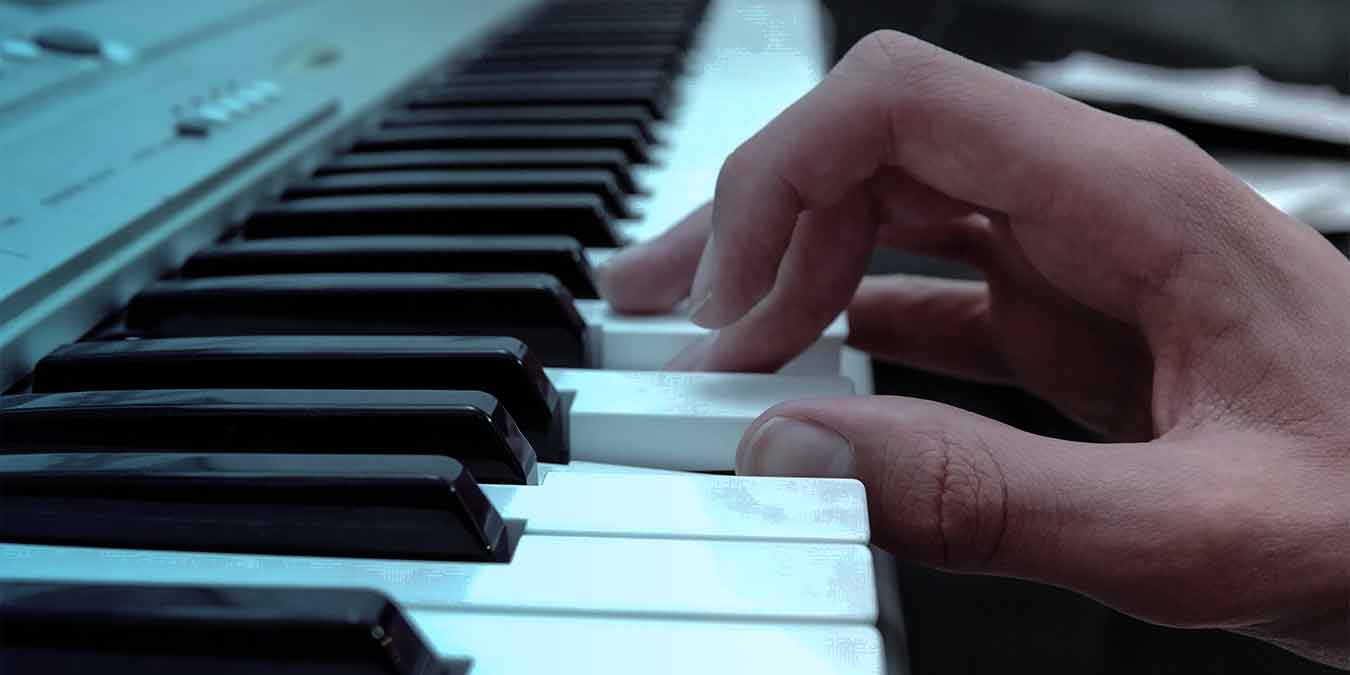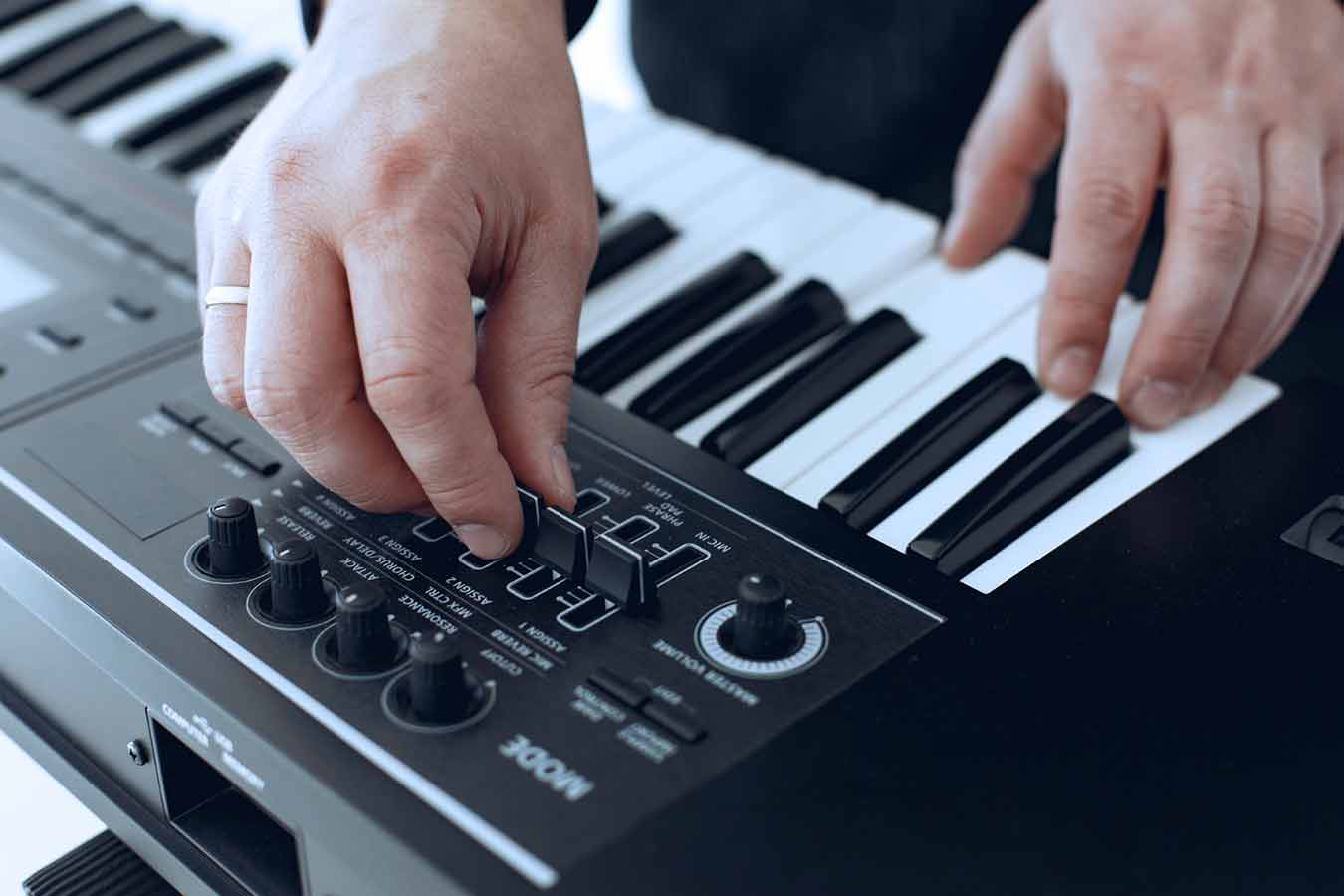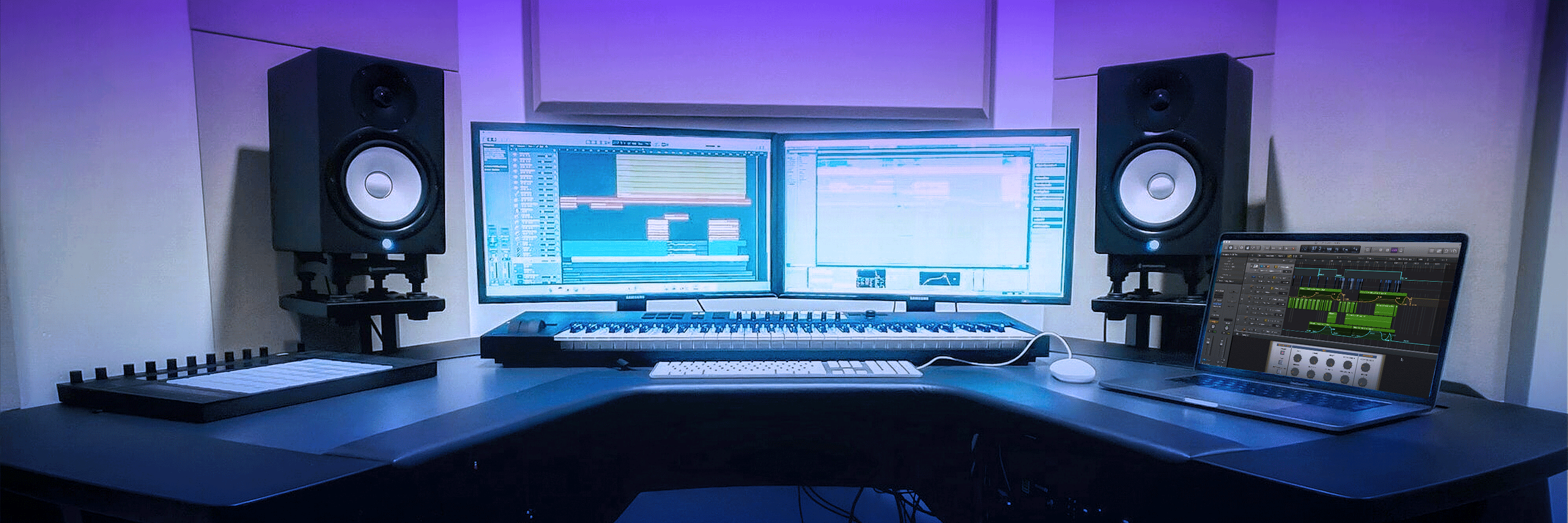About

About Me
Fran discovered his passion about music very early when he was just a kid and spent his formative years studying music theory and piano in the city of Barcelona (Spain). Subsequently he studied at Berklee College of Music.
His unique musicality has been heavily inspired and shaped by exploring different places and cultures of his experiences making a home in various European countries, including London, Brussels, and Spain. Subsequently relocated his home and his music studio from Belgium to the northern Spanish city Zaragoza, where he live now.
He currently works in an advertising agency for some major brand clients, which provides him with essential knowledge to know first-hand the necessary approach that his clients demand in Royalty Free music.
Fran has composed the music for several TV ads, short films and web series, and now he continues to study online film composition and orchestration at Cinematic Composing.
Choosing a suitable chord progression is essential in musical composition

Fran Veinard is a composer and musician specialized in film music, royalty free music for media, music for advertising, orchestral compositions and electronic music productions. His music combines elements of orchestral, electronic, and synthesized genres to create imaginative and diverse soundscapes to adapt perfectly to the soundtrack, enhancing the drama and developing distinctive and immersive musical scores.
His non-dramatic works explore an epic melodic atmosphere, in order to build organic, suggestive and colorful musical scores. In his compositions, he captivates us by providing special emphasis to leitmotiv, developing in different ways throughout the entire composition, to emphasize the dramatic or epic character required.
The LeitMotiv
The music of the films assumes an essential role in the viewer’s experience. Music brings to the image a series of effects, sensations and meanings that give a new dimension to audiovisual narration. The use of certain compositions such as leitmotifs has allowed audiovisual codes to be established with viewers, for an enriched reading of the film story.
The integration of these recurring motifs allows various narrative and expressive possibilities, which is why their use is common in film music. Fran Veinard make leitmotiv a personal stamp, developing your own code for the composition and use.
Music plays a key role in our audiovisual experience. Although in a cinematographic story the image constitutes the conscious focus of attention, it is the soundtrack that is responsible for providing a series of effects, sensations and meanings that give a new dimension to audiovisual narration. Films conspire with the imagination so that the spectator evades his reality and immerses himself in a spontaneous journey through his unconscious.

In this sense, music is probably one of the best insulators of reality. Of all the arts, music is the one that most directly appeals to the emotions. Music can condition the scope of a movie; endow the story with a narrative structure, communicate its atmosphere, tone and even genre; underline the type and size of the space; highlight the energy of action; present the inner life, thoughts and feelings of a character … in short, it can provide the director’s perspective on the subject matter.
In this sense, music has the ability of music to fully describe the essence of a film. From the moment music bursts onto the screen, The creation and definition of the film narrative have an impact., as well as the construction of audiovisual discourse from perspectives as diverse as formal, narrative, dramaturgical, aesthetic or psychological.
The soundtrack, therefore, is not situated on the same plane as the image but is juxtaposed to it, achieving its meaning through the relationship it establishes with the filmic space. This phenomenon constitutes a complex single and indivisible perceptual organization that makes it possible to identify certain structures for the production of meaning. Music constitutes a communicative link between the screen and the audience, reaching and developing everything in a single experience.
Despite the relevance that the soundtrack acquires in audiovisual narration, its use has hardly been studied. Although implicit in film theories, the role of music in the cinema did not have a rigorous approach until the 1970s with the emergence of contemporary audiovisual theories. Today academic research opts for making approaches to certain aspects of the contemporary soundtrack based on the analysis of specific films.
Three types of descriptive-narrative music can be highlighted according to the moment of its insertion: antecedent, concomitant and consequent.
The background music is inserted before the action and provides information about its outcome. Concomitant music accompanies the image during the appearance of characters and development of the action, being the most common in adventure and action films.

Finally, consistent music is that which goes behind the action, completing its meaning. It is not very common and its use is limited to those sequences whose resolution does not seem very clear, maintaining uncertainty.
His predilection for leitmotifs has led Fran Veinard to develop his own compositional code using diatonic scales to represent the hero, while motifs for objects or dangerous situations use chromatic scales. He uses bright tones to characterize positive elements and dark instruments, in extreme ranges, to represent the negative.
The same theme serves to support the most diverse actions or moods of the characters through the variation of tone, intensity, orchestration or tempo. In this way the leitmotif adapts to each situation to describe it, although without departing from the melodic curve that identifies it.
Regarding the narrative functions of leitmotifs, the predominance of descriptive use can be highlighted. A function that is reflected in the various variations of the same musical theme introduced during moments of action linked to a certain character or related to a certain object. These variations (orchestration, tessitura, tonality, tempo) that are sometimes outlined on another musical composition, allow describing the moment in which the actor they characterize is found and even the action.
When a conflict is triggered, the leitmotif will sound on a compositional base loaded with dissonances, while if it is close to being resolved, both songs (leitmotiv + score) will become more and more consonant. This job confirms the harmonic code for action sequences. Likewise, in the sequences of action, persecution or conflict, an indicative function of the leitmotiv can be pointed out since, in addition to describing the situation, it usually highlights who has the advantage at all times.
This indicative function is also presented in the introductions of the theme of each historical object or of certain characters as they indicate what is the central element of the adventure, who will have a close relationship with the protagonist or who will become the antagonist.
In short, the use of the leitmotif gives a new dimension to film narration with the inclusion and reiteration of identifying themes. The composition, variations and functions of the leitmotifs make up an audiovisual code that enriches the experience of the spectator and immerses him in the universe of the mythical adventurer.
